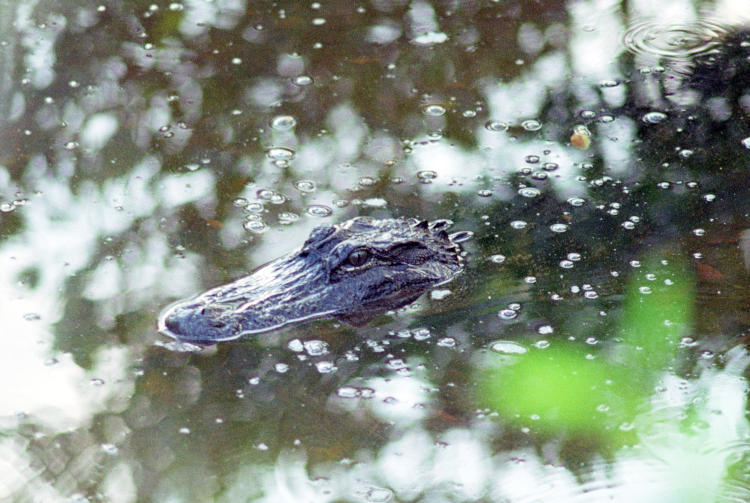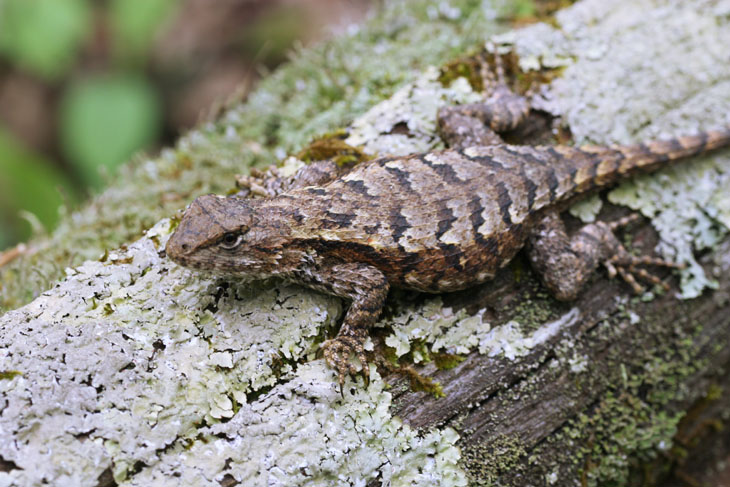“So, Al,” you ask, eyeing me shrewdly, “why do so many of your initial Visibly Different images come from Florida? Is this, like, a thing with you?” But I scoff loudly, because it is no more a thing with me than holding imaginary conversations is. There are three reasons why comparison images start off from Florida, really. The first is, I took several annual trips to Florida in the early days of shooting slides, trying to build up my stock because publishers would not consider negative/print images, so a lot of early stuff reflects this. Second, Florida was (and remains) much, much better for producing subjects of interest than North Carolina, so by a significant margin, the ‘keepers’ that I have favor the state. And finally, I have a couple of binders full of negatives, but for obvious reasons these are harder to skim through and so I haven’t done it too often. But I hear you, and will remain aware of your concerns. Perhaps not responsive, but aware.
Anyway, this one, at least, is a negative, even when it’s from Florida:

This was my first wild alligator photo and dates from May, 1994. Friends and I were biking through JN ‘Ding’ Darling National Wildlife Refuge on Sanibel Island and, on a whim, I stopped to get a better look through some obscuring foliage at a small pool, delighted to find this American alligator (Alligator mississippiensis) just chillin’ therein. It’s a notably small one, probably a little over a meter in length, so hazardous to guinea pigs but not a lot else. Still, our travels up to that point had given me no opportunities to see any, so I was pleased with the find and really, the photo didn’t turn out too badly, even with the leaves trying to block the photo.
But I’ve had a few more opportunities since then.

In fact, I possibly have a few hundred gator photos now, the vast majority of them wild subjects, but this one remains among my favorites. It dates from 2013 and isn’t a whole lot bigger than the specimen at top, but I was closer and using a longer lens. This was in the Savannah National Wildlife Refuge in South Carolina, but really, within spitting distance of Savannah, Georgia, and on the Savannah River that separates the two states anyway. The refuge can be brimming with alligators and remains the best place to see them in my experience, but on this date they weren’t quite as active. Still, this little guy allowed me to exploit an angle that made the most of the lighting and reflections from the water, and produced something more dramatic than a simple portrait (it actually serves as the background image on both of my tablets.) I was able to shoot from the other side of the head too, getting more direct sunlight on it, but for the mood and the contrast, this one wins easily. The largest difference in my knowledge and techniques between the two was simply working the subject, examining how may different ways it could be portrayed, and while the first didn’t really allow me the opportunity, I know I may not have taken it had it been present – it’s something that I picked up in the intervening years.
Something to note, however, is that in both images, hints of the submerged bodies can be made out under the surface if you look closely. They were both taken in swamps, but ones with significant water exchange so clearer than you might have imagined.
Meanwhile, North Carolina provides no such subjects, or at least, I’ve seen no evidence of them save for the two residents that hang out in the waters around the USS North Carolina out at Wilmington. This isn’t saying a lot, because giant prehistoric lizards don’t exist for most of the country, indeed most countries the world over, but the point is, I’m not finding anything even remotely compatible without serious traveling. NC does have hellbenders, surprisingly large salamanders out in the mountains, but they’re hard to find and have resisted my few attempts at spotting them, and locally, the largest lizards don’t even amount to the length of the heads of the two subjects above. The one below, an eastern fence lizard (Sceloporus undulatus,) is perhaps the largest that I’ve found and might be able to take a small mouse, measuring close to 5cm across the abdomen. Woo, scary.





















































